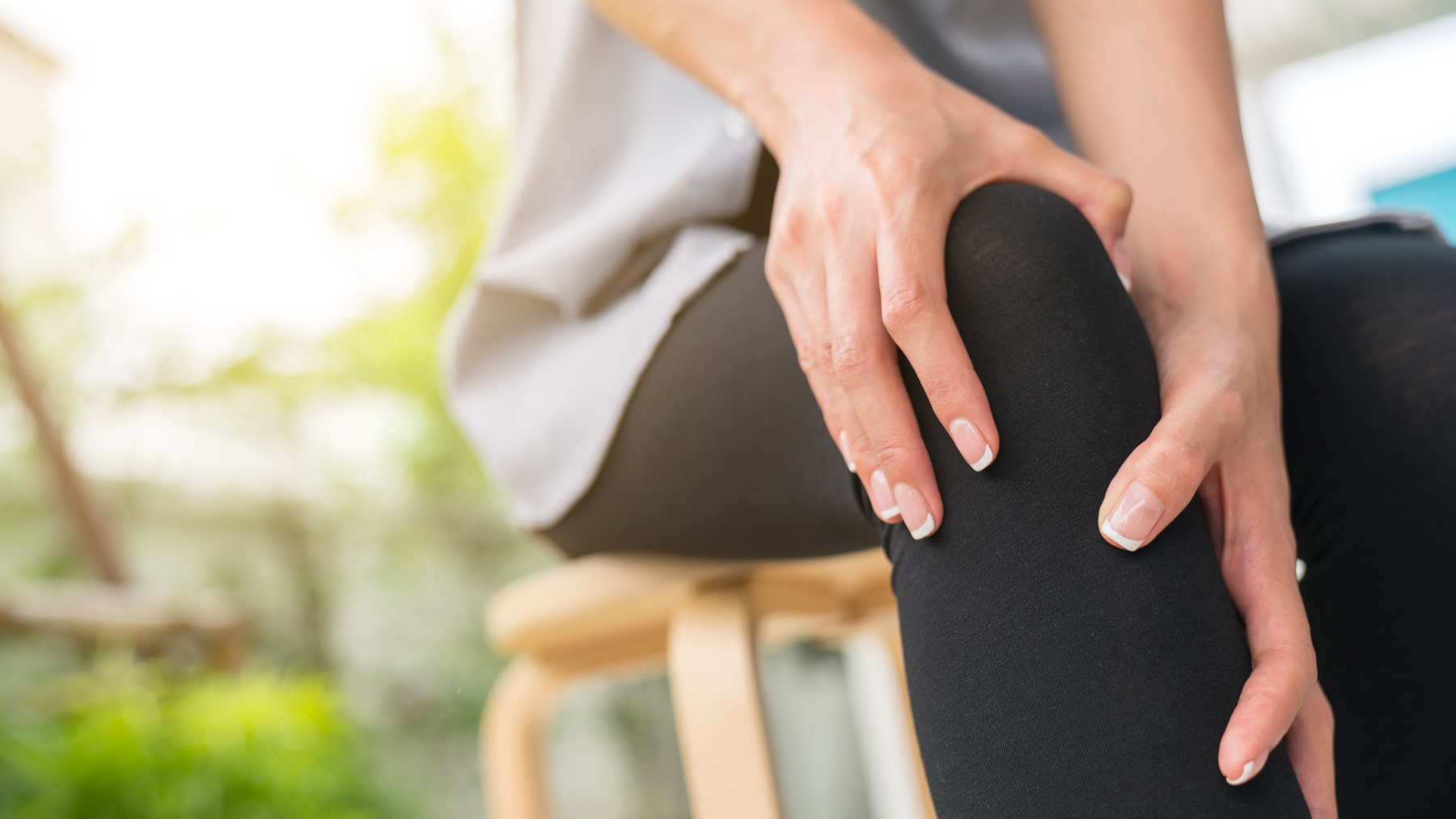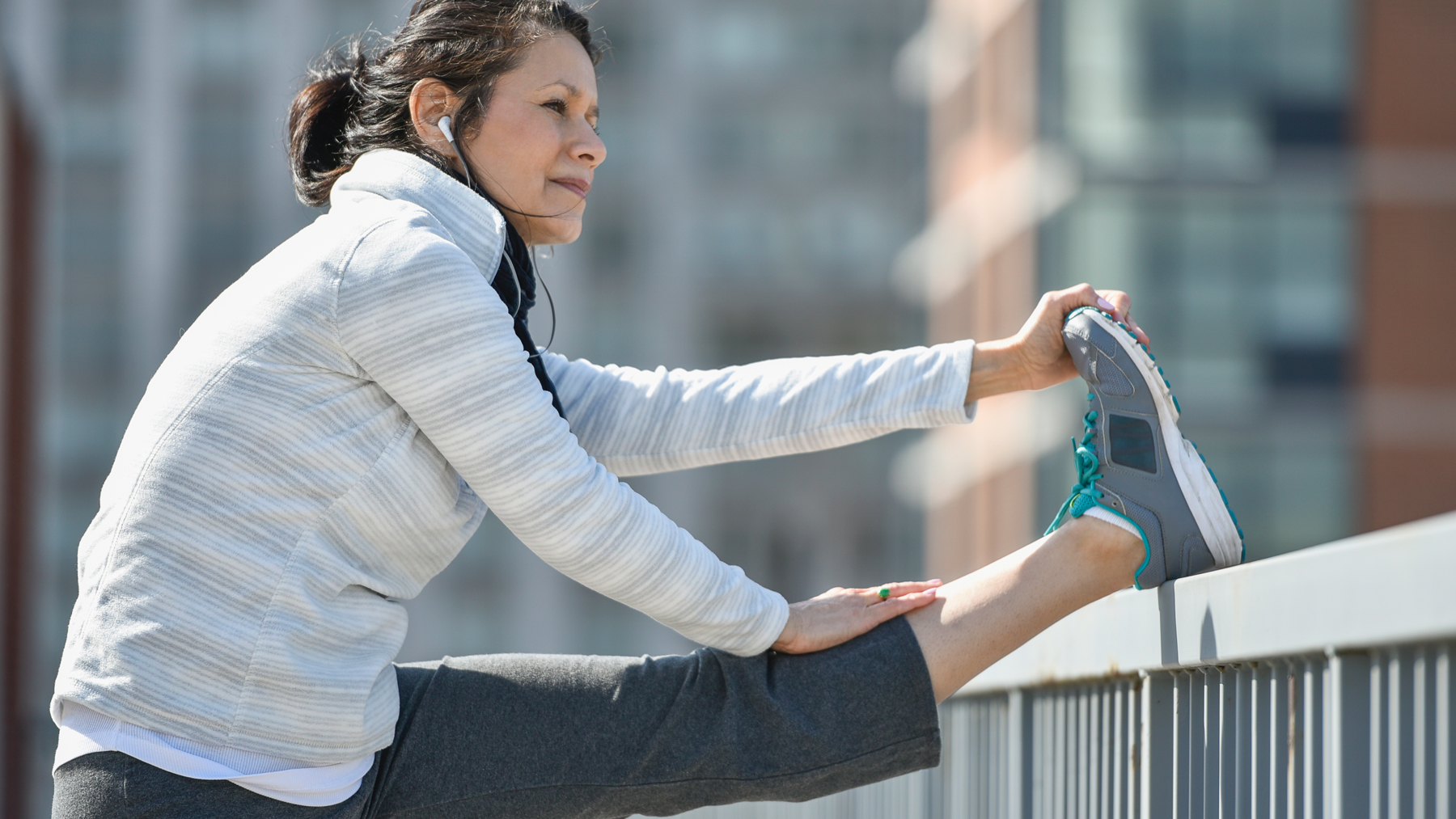50% of menopausal women suffer from pain symptoms, here's what to do
Chronic pain and joint aches are two of the nasty side effects experienced by menopausal women but there are ways to relieve this


While people tend to associate menopause symptoms with hot flushes, night sweats and mood swings there are other symptoms affecting the way menopausal women experience their day-to-day. Nearly half of menopausal women suffer from chronic pain.
One way to manage the various side effects of menopause is to have the best supplements for menopause to hand. These supplements have similar benefits as the best vitamins for women over 50 but are tailored to more specifically help improve menopause symptoms.
A recent poll carried out by pain specialistsDeep Relief discovered that 48%, just under half, of women struggle with chronic pain. Chronic pain is a pain that is a pain often lasting up to or past twelve weeks.
Two-thirds of the women surveyed said that the aches and pains they suffer from had stopped them from doing their favorite activities. Meanwhile, 47% reported feeling that the pain they experience prevents them from reaching their full potential.
In terms of simple daily activities they found that as a result of chronic pain 38% had difficulty sleeping, 32% found walking challenging and 30% struggled to exercise.

Pain that has such an impact on your everyday life of course can feel very debilitating. However, staying active and mobile yet not pushing your body too far can help to manage joint and muscle pain.
UK doctor, Dr Gill Jenkins explained, "While resting is an appropriate response to acute pain or injury, it’s not a long-term solution and neither does it address the root causes of muscle and joint pain, which stop many of us doing the things we love”.
Start your week with achievable workout ideas, health tips and wellbeing advice in your inbox.
Here are three useful pain management solutions to try:
- Maximise your movements: An active lifestyle is what keeps our joints well lubricated and promotes healthy muscles, making exercise and everyday exercises feel easier to do. Thirty minutes of walking (even better, in a pair of best shoes for walking) at a pace of your choice may be a feasible way for you to start moving your joints more frequently while avoiding movement of high intensity.
- Take things easy and warm up before any exercise: A total of 34% of menopausal women who took part in the survey said they didn't warm up before exercise. You don't see the world's top athletes going straight from the changing room to running a marathon without warming up properly. The same applies to everyone about to exercise. A 5-10 minute warm up consisting of a few stretches and light lunging and squatting can significantly benefit your joint mobility, helping to relieve areas of tension.
- Relieve anxiety and stress: Daily stresses and worries can feed into our muscular tension. Regularly incorporating stretching into your daily routine can help encourage flexibility, relieve unwanted tension and reduce pain in the body. Something simple like a short session of yoga a day can help to relax and increase mobility in your joints. Try out the yoga session below which has been designed especially for easing chronic pain.
Yoga to help with chronic pain
Jessica is an experienced fitness writer with a passion for running. Her career in journalism began in local news and she holds a Masters in journalism. Jessica has previously written for Runners World, penning news and features on fitness, sportswear and nutrition.
When she isn't writing up news and features for Fit&Well covering topics ranging from muscle building, to yoga, to female health and so on, she will be outdoors somewhere, testing out the latest fitness equipment and accessories to help others find top products for their own fitness journeys. Her testing pairs up nicely with her love for running. She recently branched out to running 10Ks and is trying to improve her time before moving on to larger races. Jessica also enjoys building on her strength in the gym and is a believer in health and wellness beginning in the kitchen. She shares all of this on her running Instagram account @jessrunshere which she uses for accountability and for connecting with like-minded fitness lovers.
